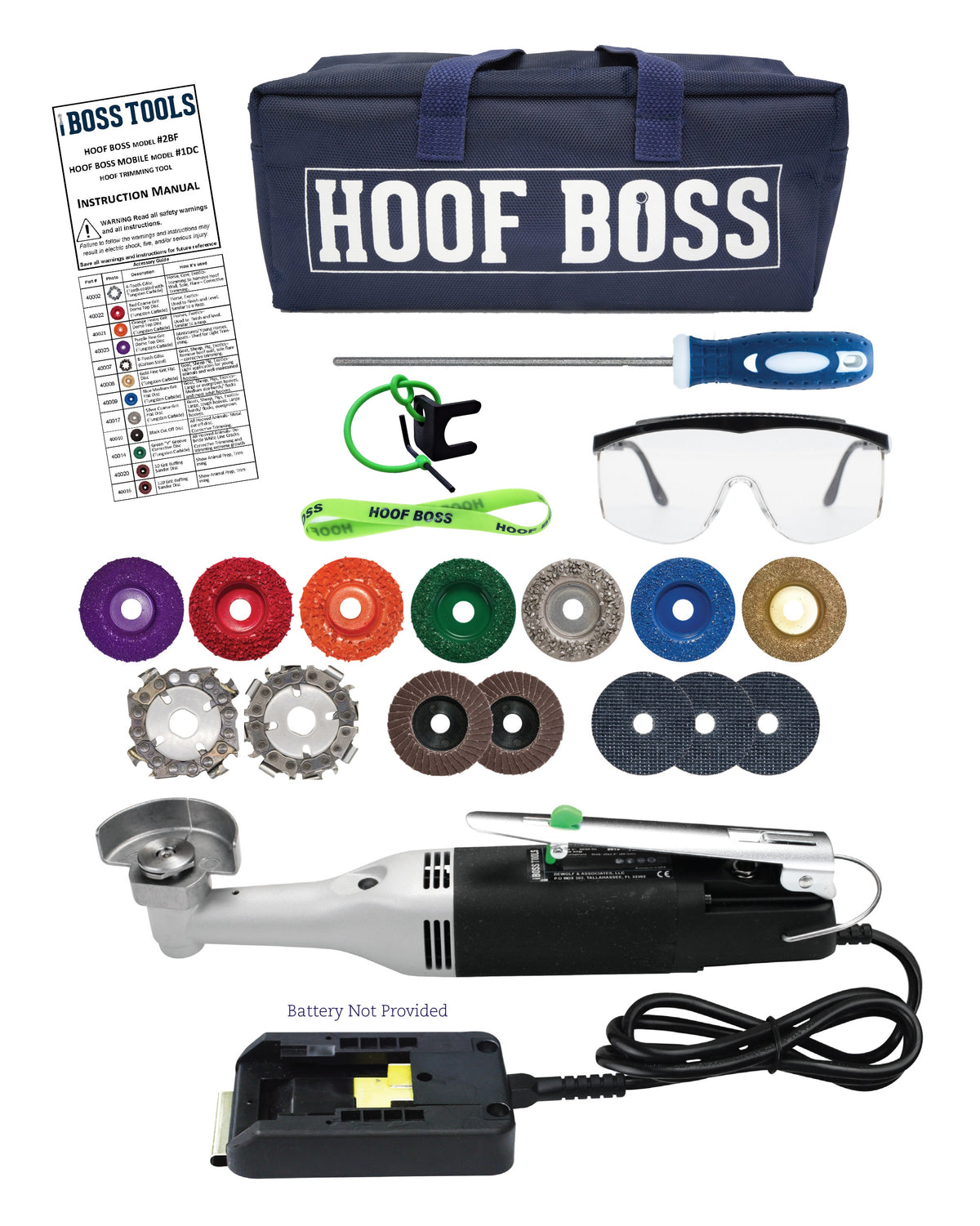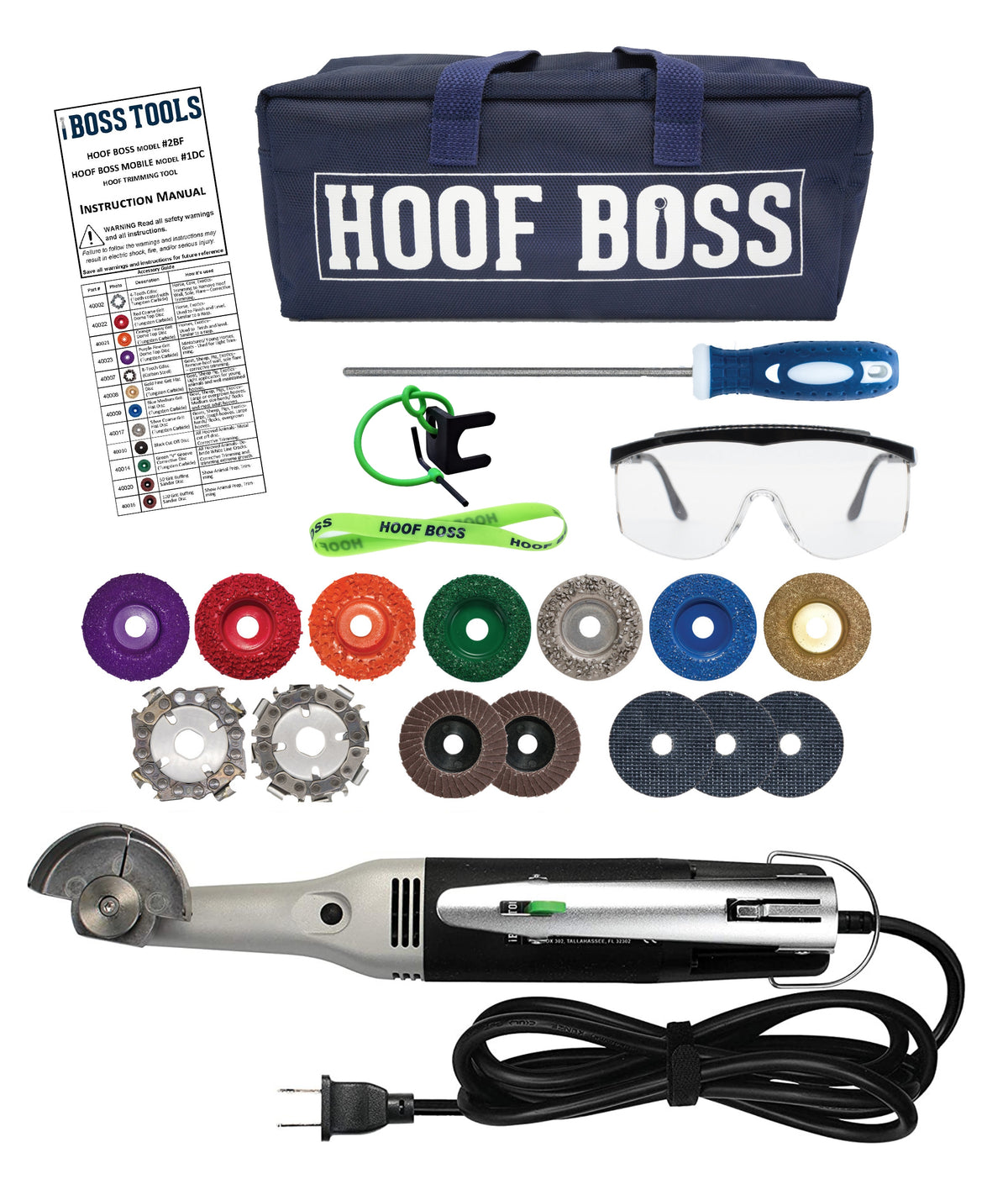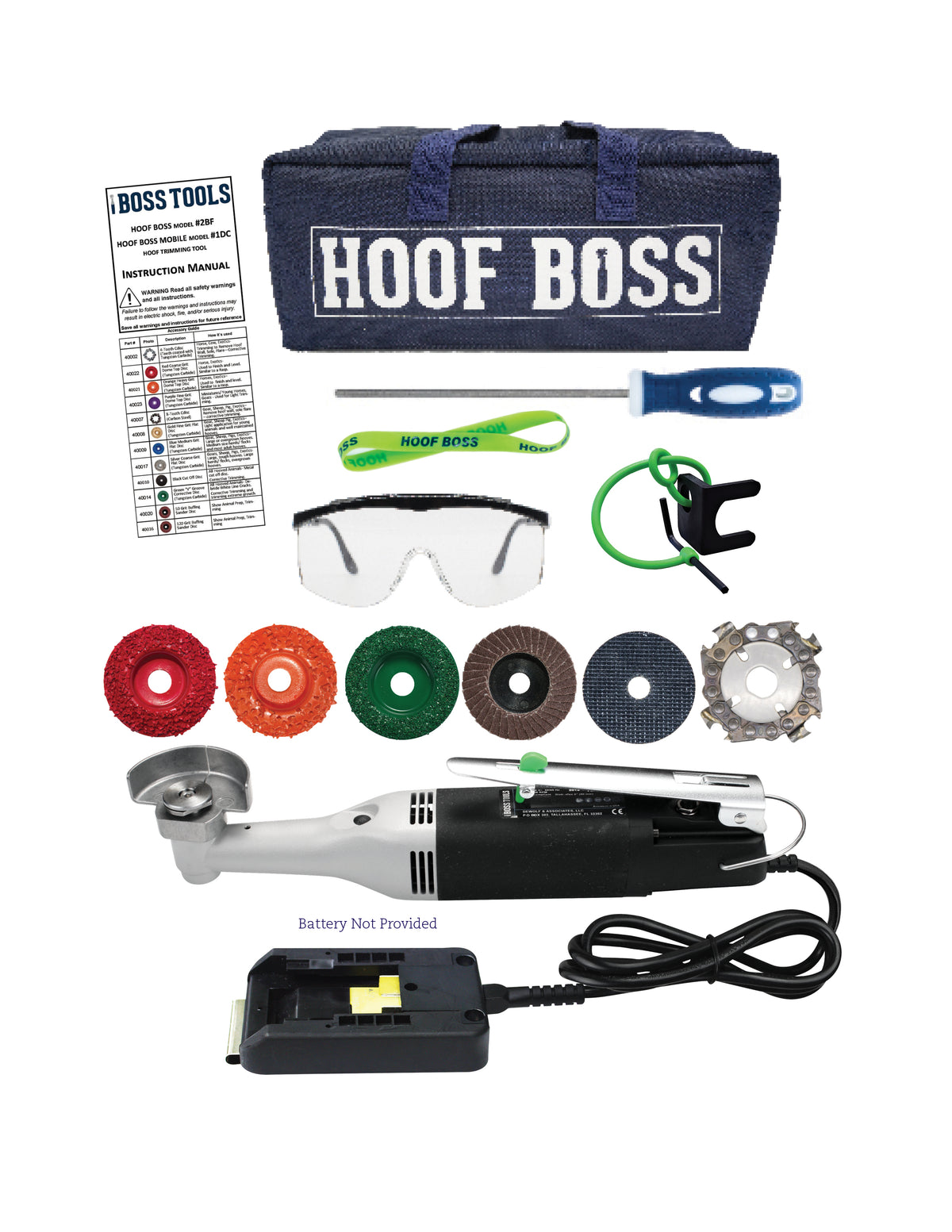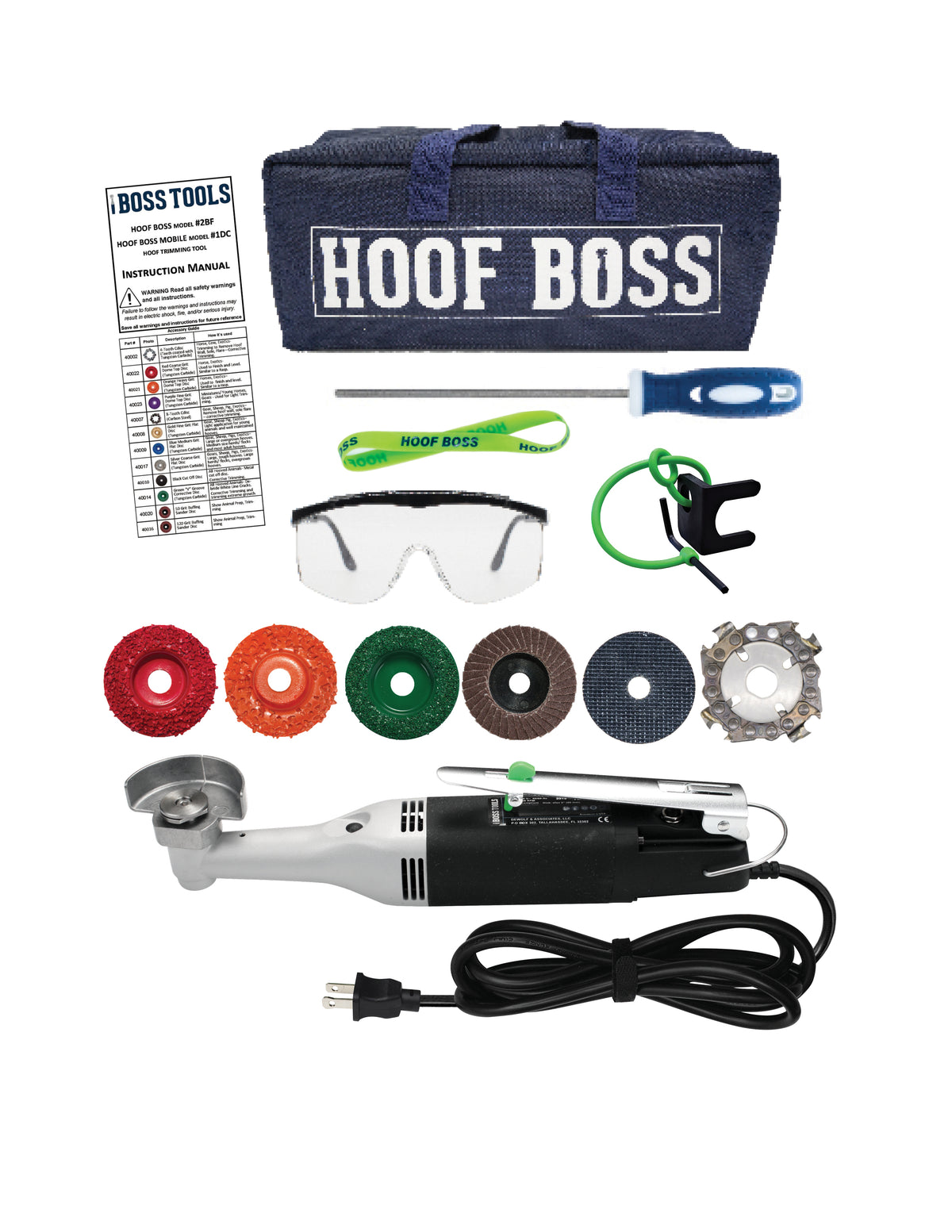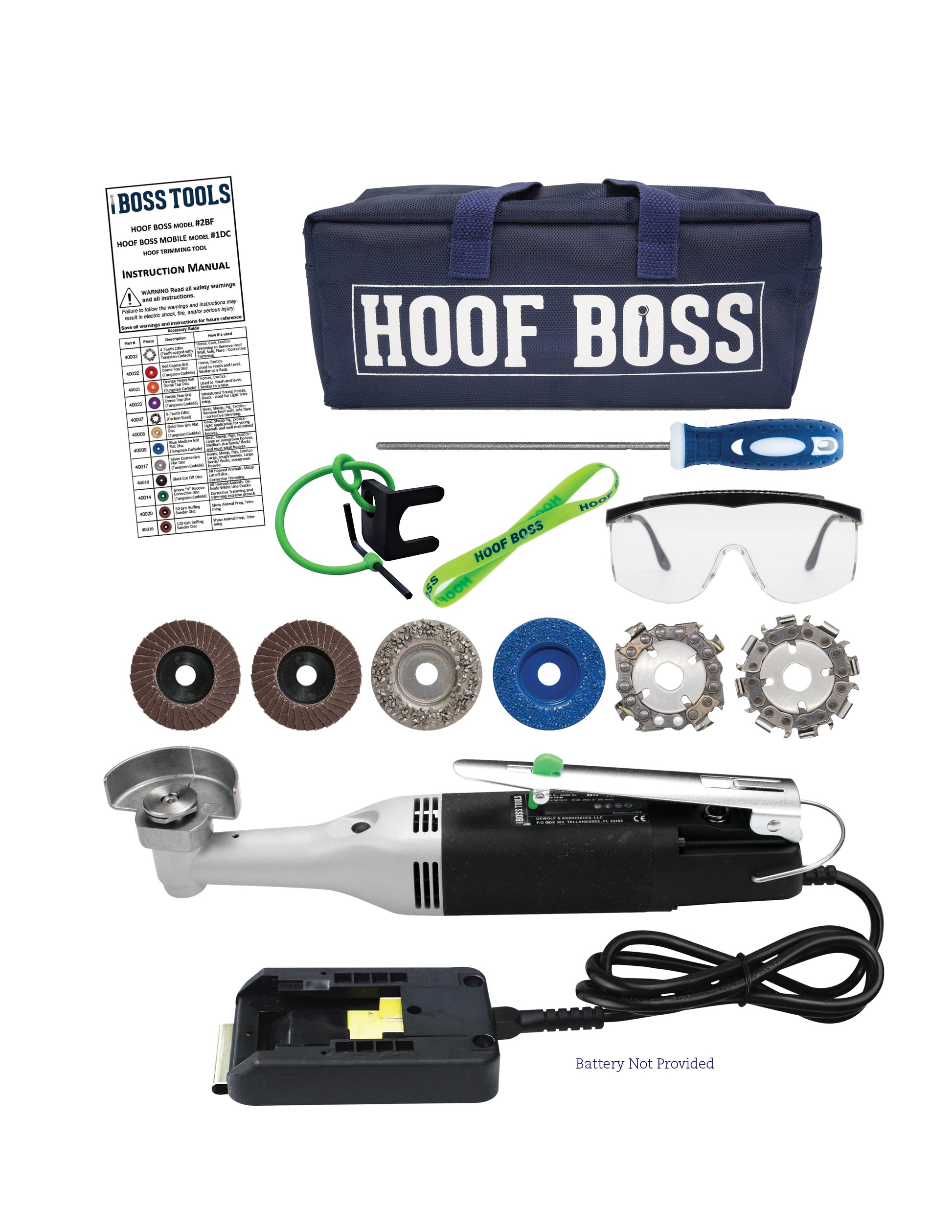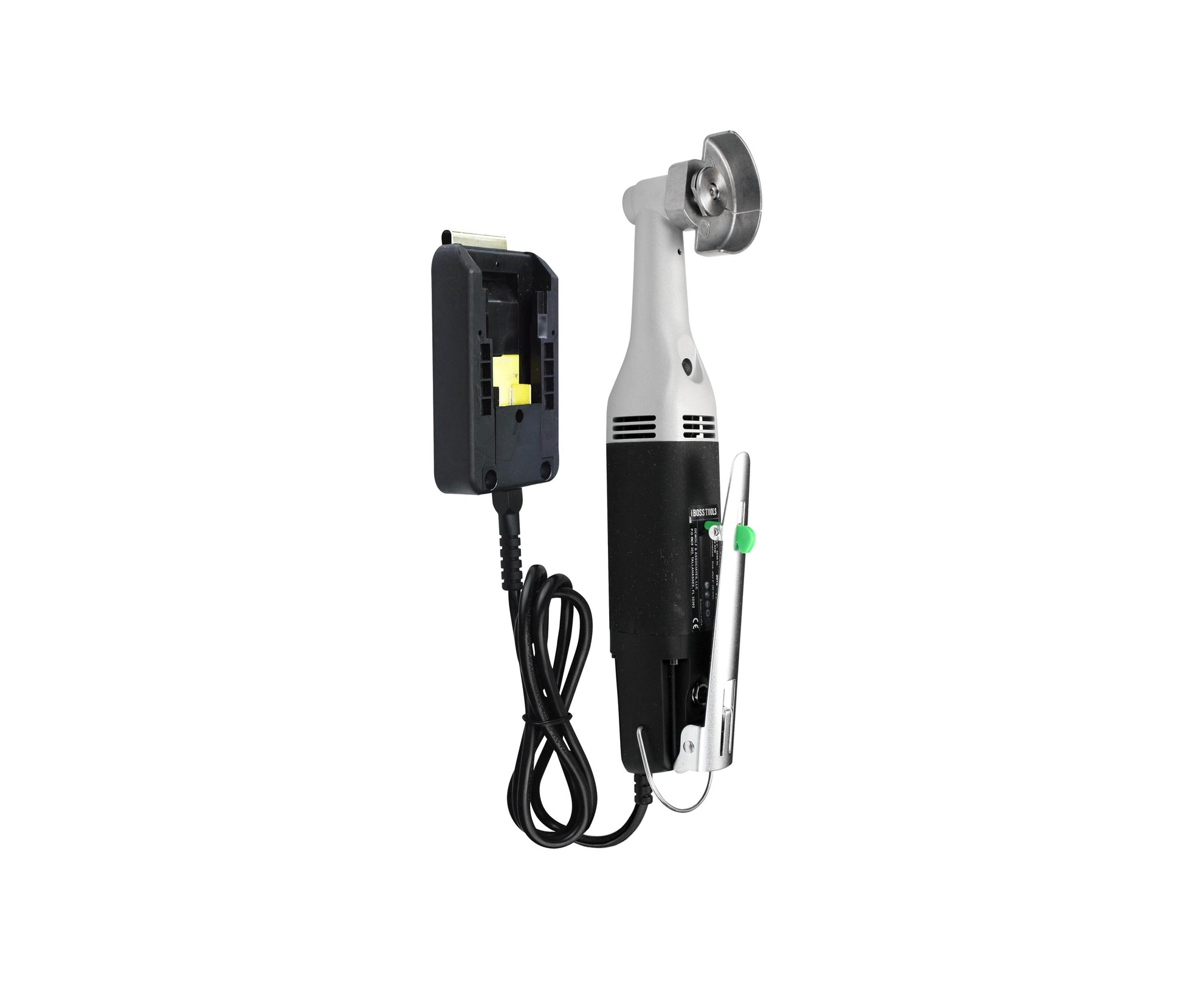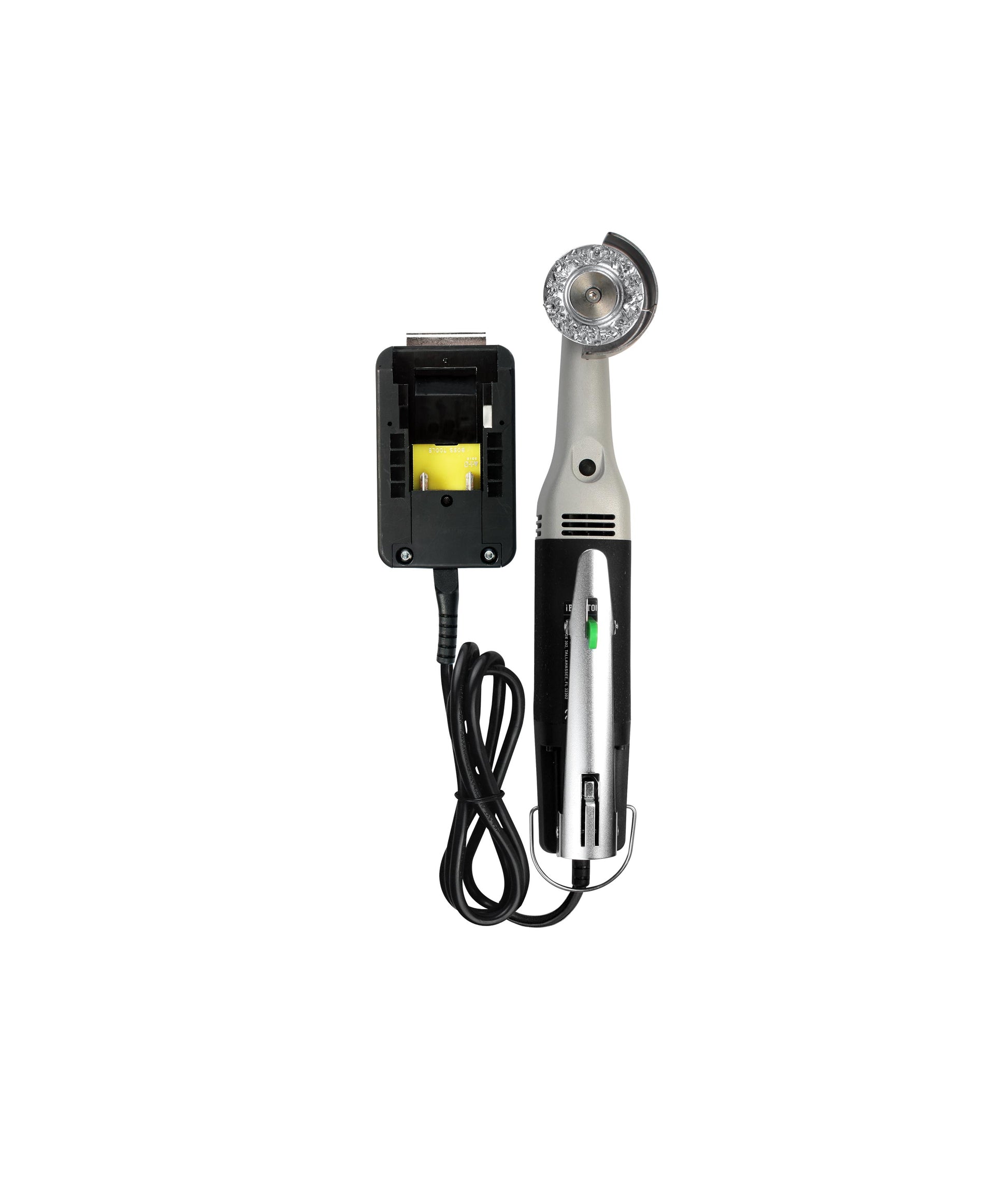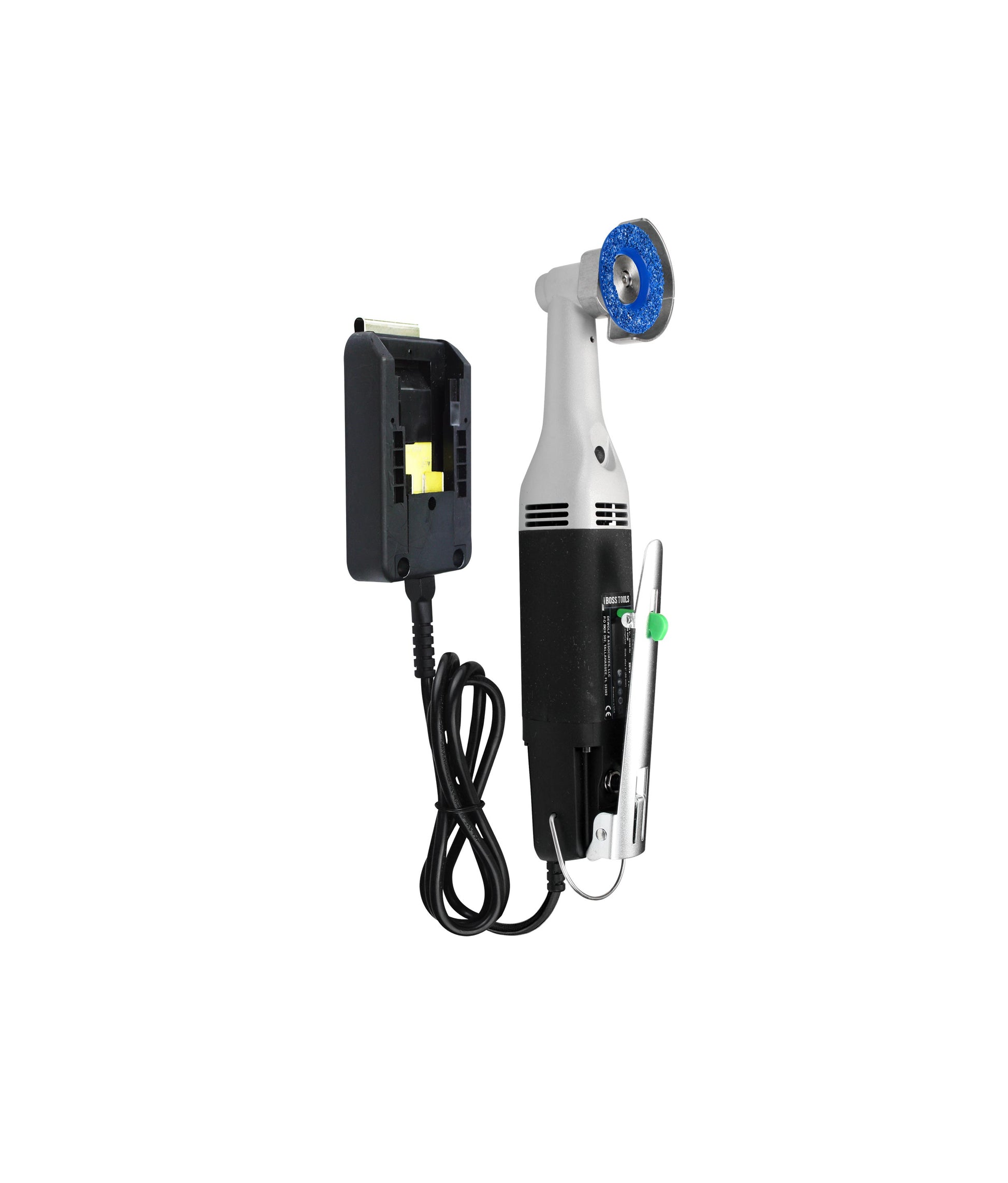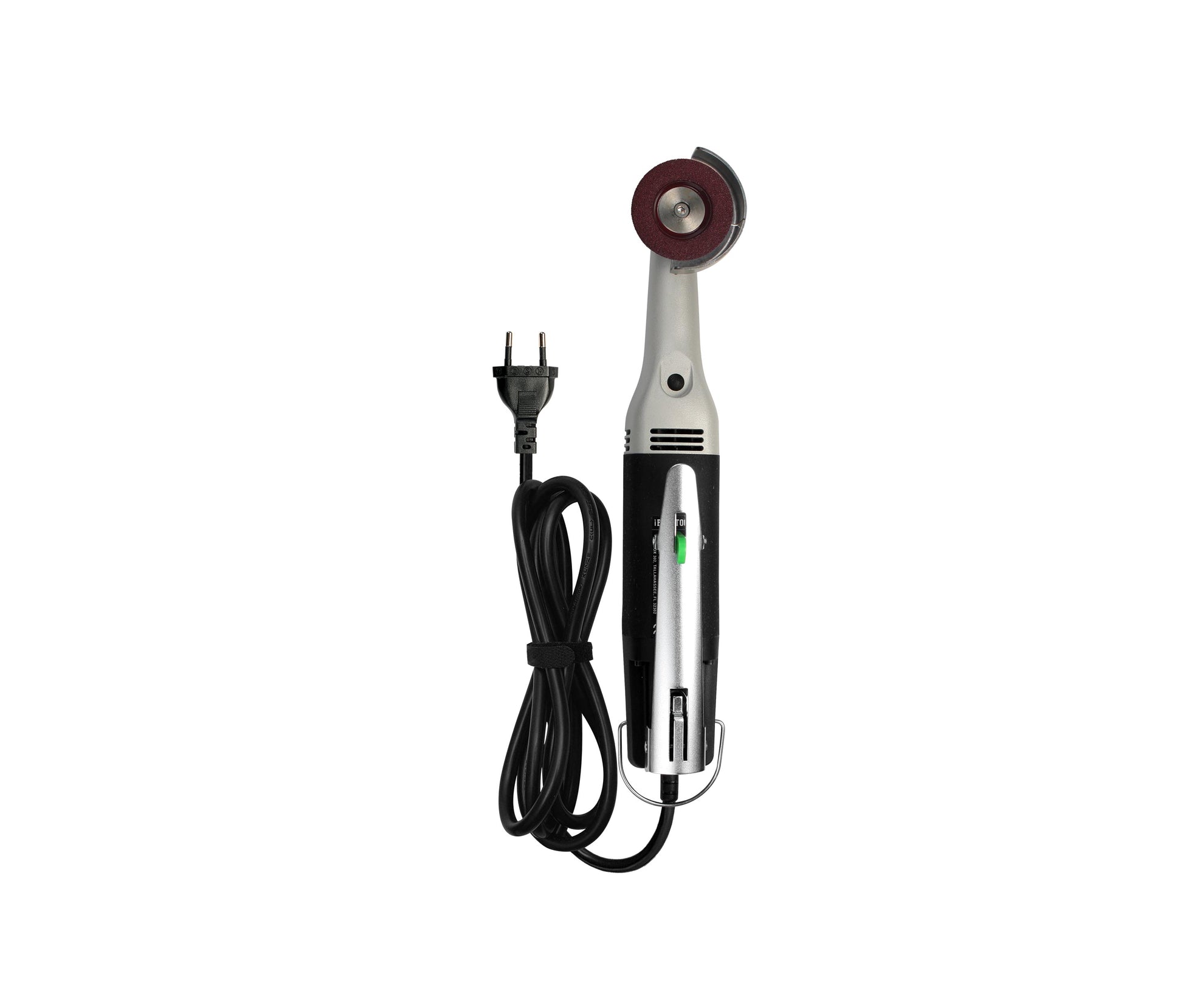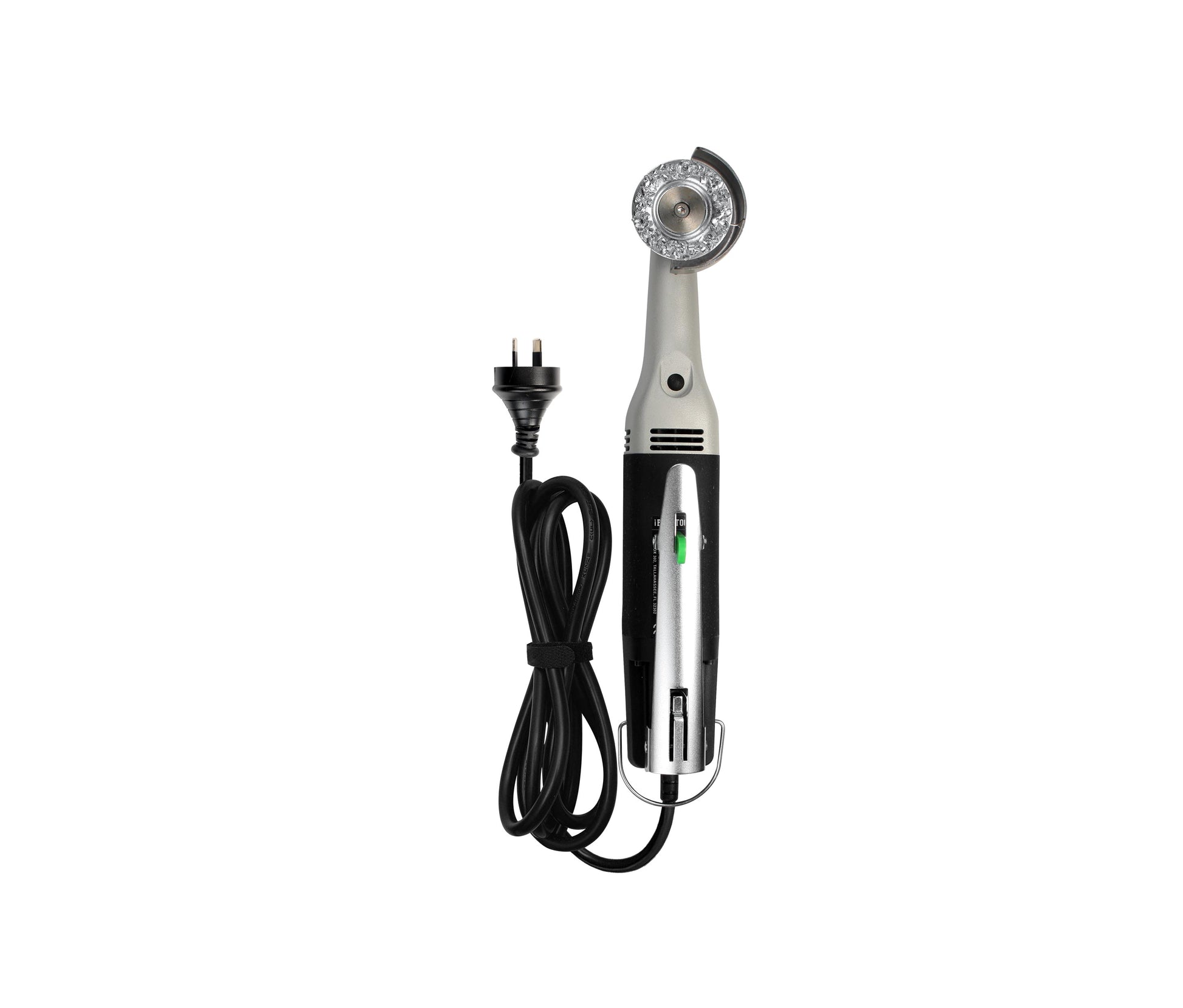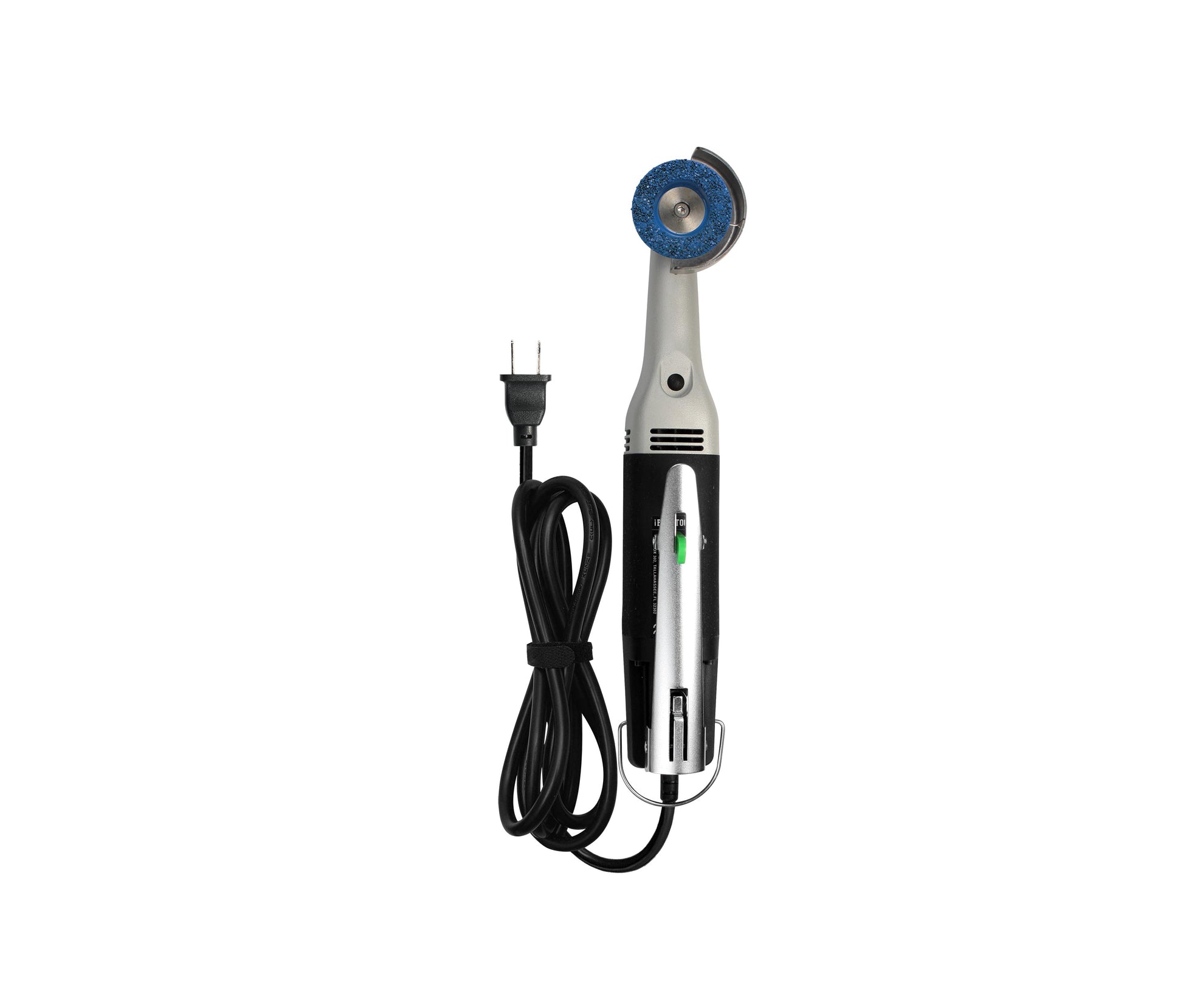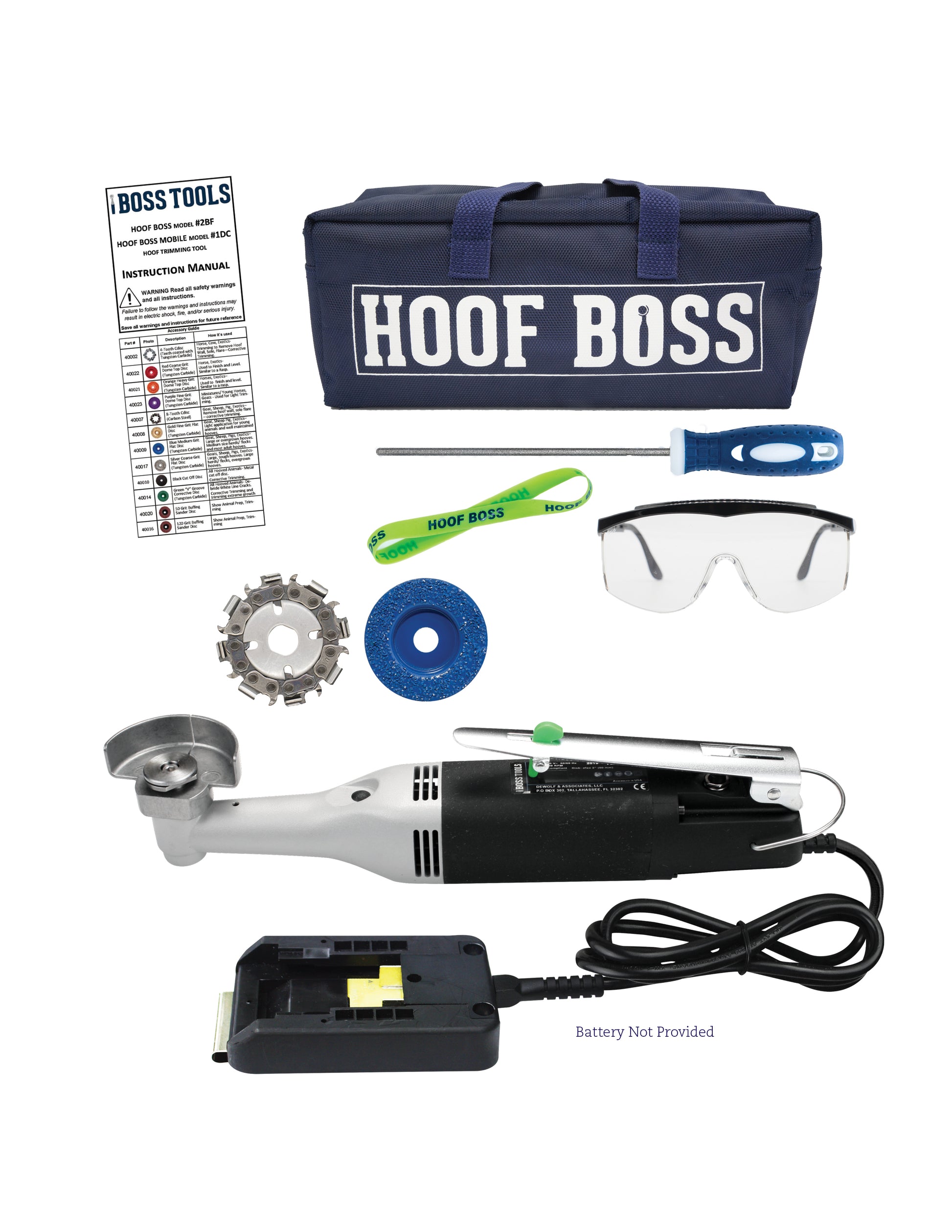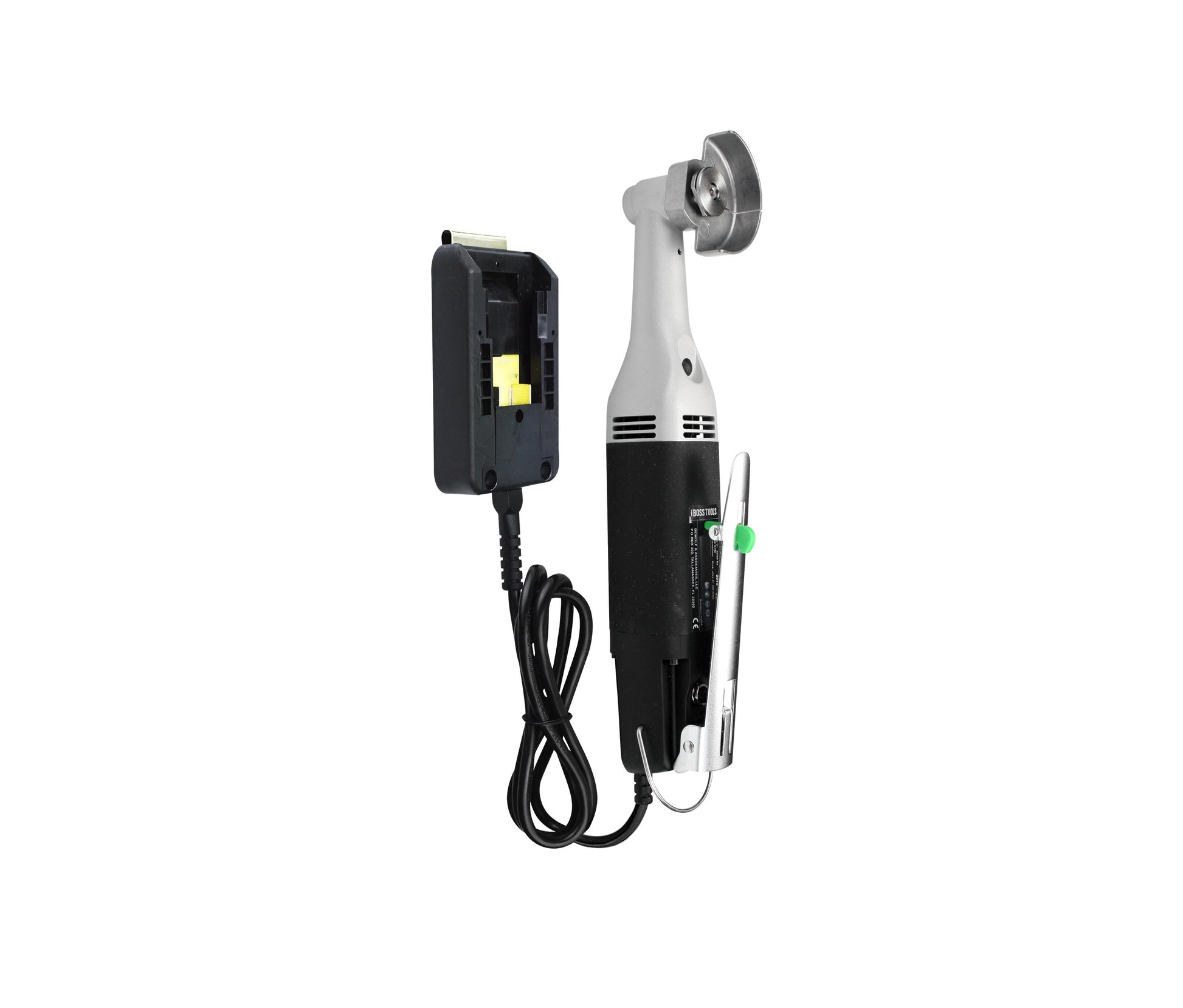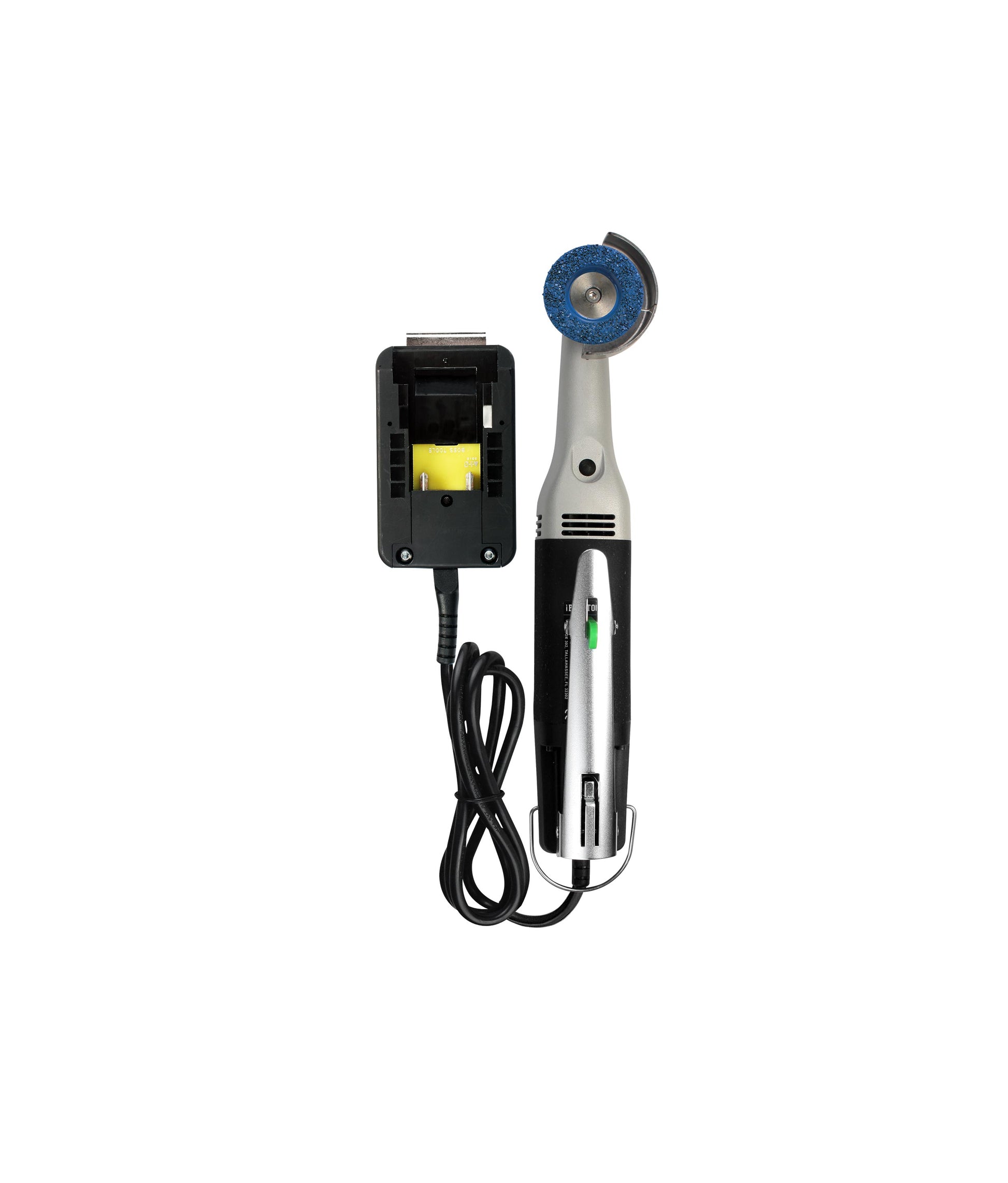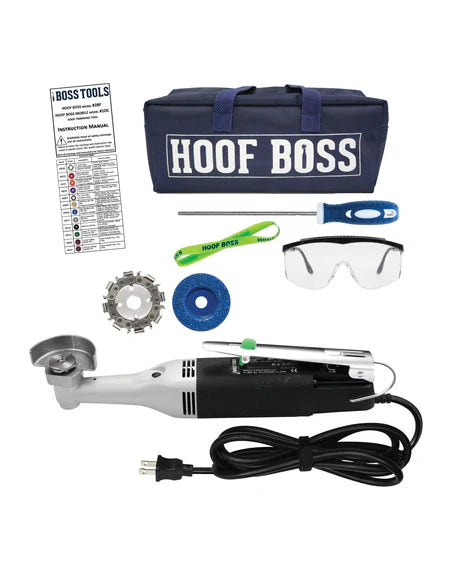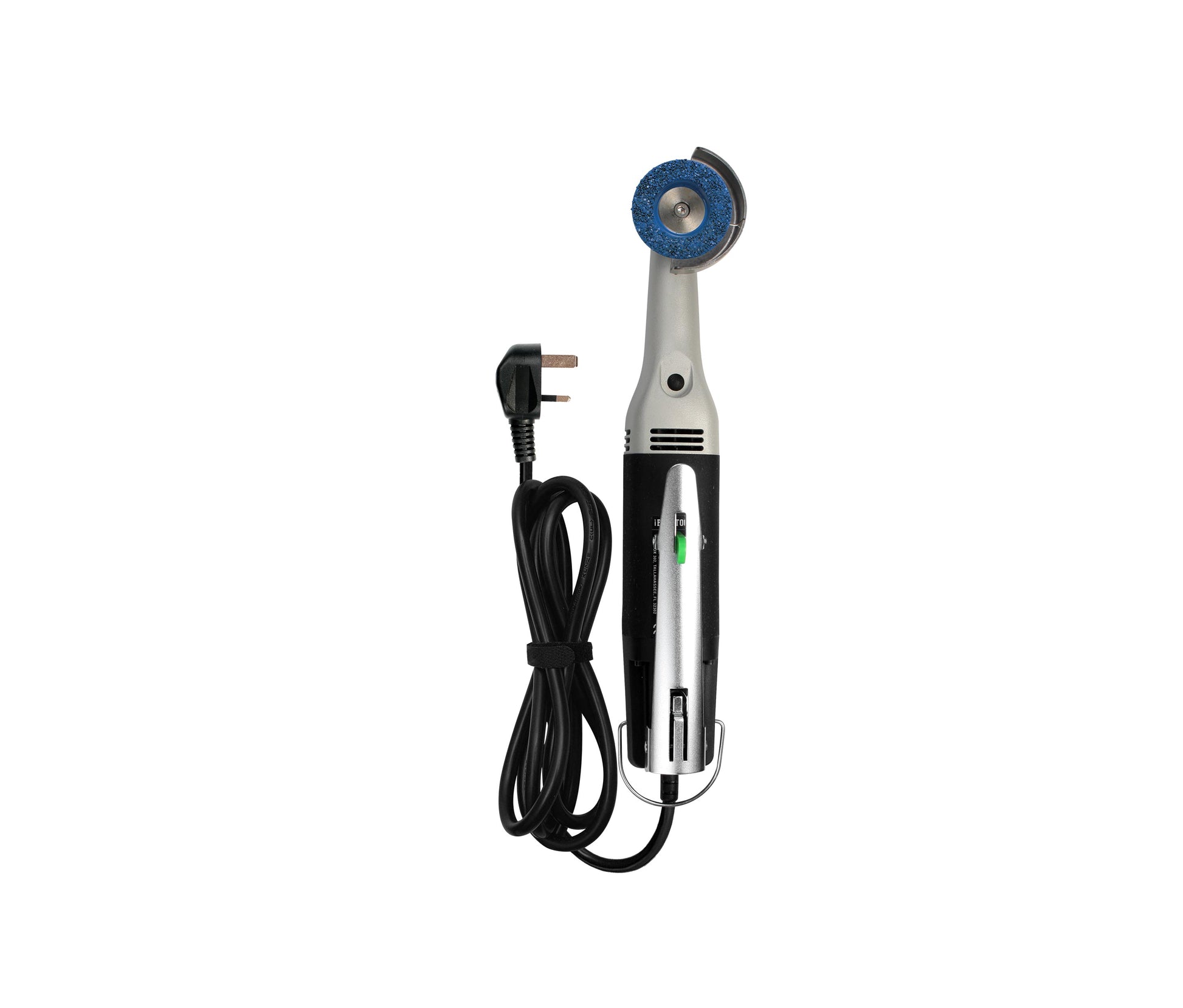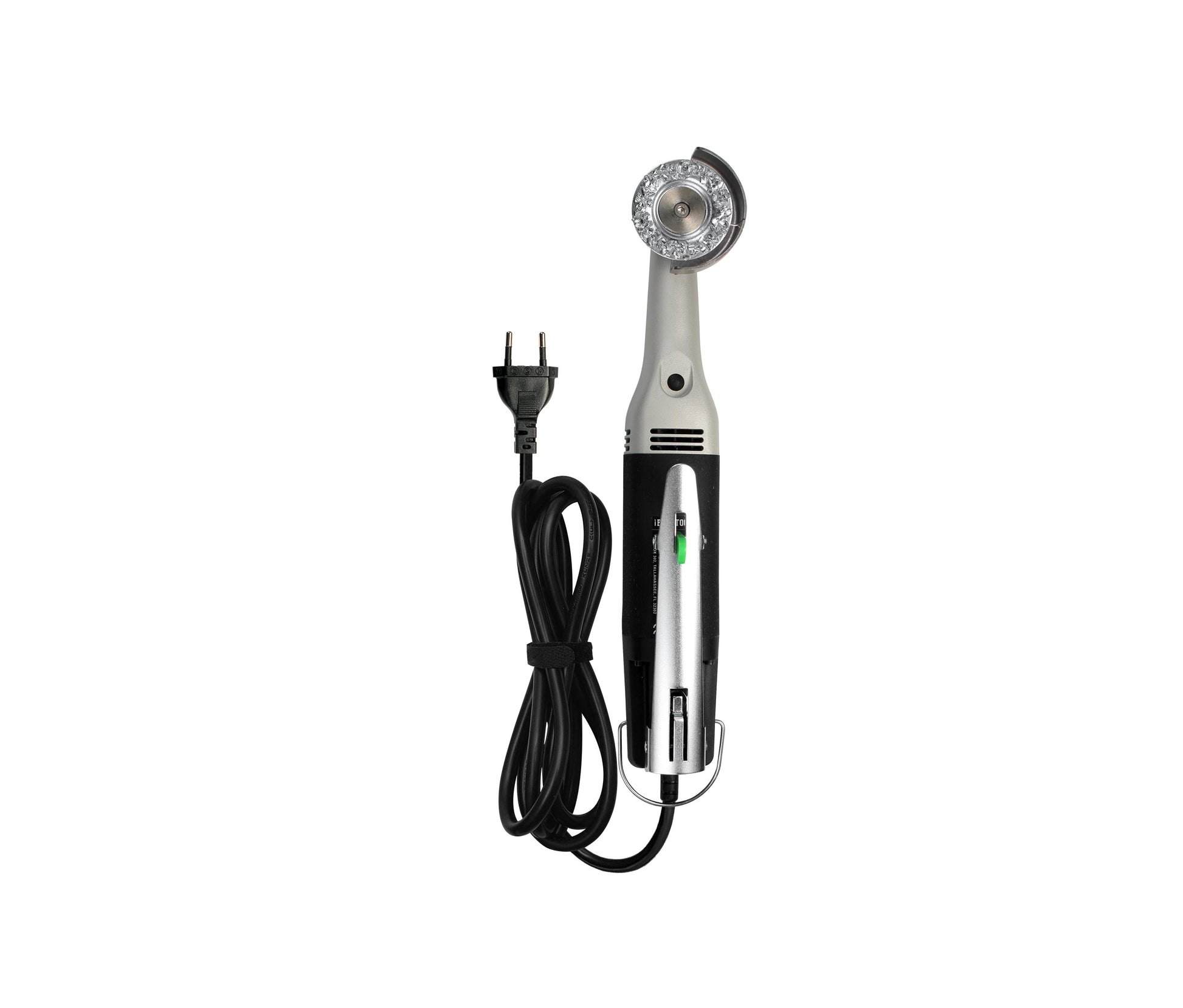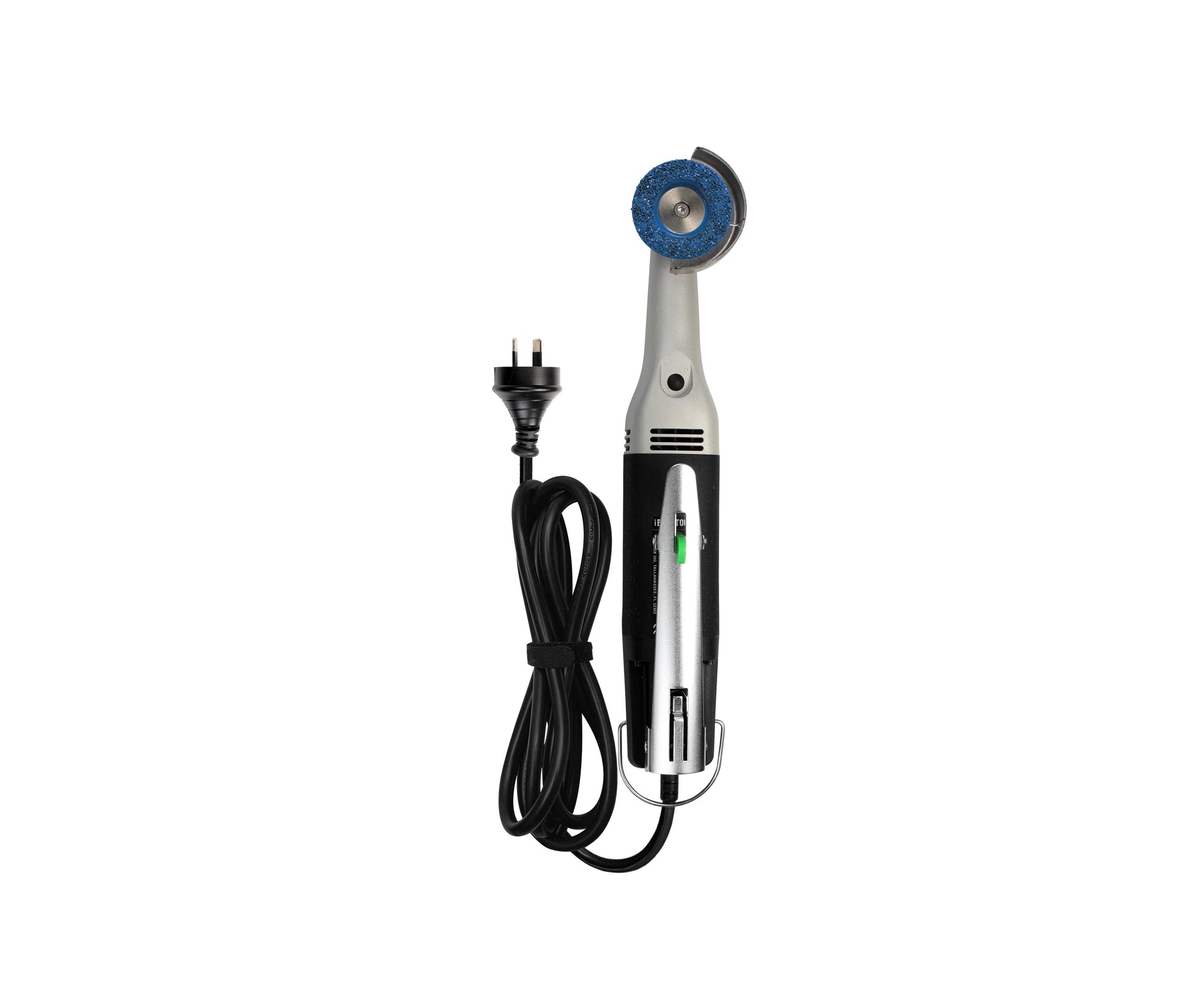How to Trim Sheep Hooves: A Step-by-Step Guide
Regular hoof trimming is essential for keeping your sheep healthy, mobile, and free from common hoof-related issues. Overgrown hooves can lead to lameness, infections, and difficulty walking, making it harder for sheep to graze and thrive.
In this guide, we’ll walk you through how to properly trim sheep hooves, how often you should do it, and why using the Hoof Boss Electric Trimmer can make the process easier, safer, and more efficient.
Why Regular Hoof Trimming is Important
Sheep naturally wear down their hooves by moving on hard or rocky surfaces, but in pasture or barn settings, hooves can grow too long, leading to:
- Lameness – Uneven or overgrown hooves cause pain and instability.
- Hoof Rot & Infections – Dirt and bacteria get trapped in excess hoof growth, leading to diseases like foot rot.
- Reduced Grazing & Productivity – Lame sheep struggle to move, affecting their nutrition, weight gain, and wool production.
Most sheep need hoof trims every 6-12 months, but those in wet or soft terrain may require more frequent care.
Tools Needed for Sheep Hoof Trimming
Using the right tools makes trimming faster, safer, and more precise. Essential tools include:
✅ Hoof Pick – Removes dirt, manure, and debris before trimming.
✅ Hoof Boss Electric Trimmer – Provides effortless, controlled trimming compared to manual tools.
✅ Hoof Shears – Useful for initial cuts on severely overgrown hooves.
✅ Hoof Rasp or File – Helps smooth and balance the hoof after trimming.
🔹 Why Use Hoof Boss? The Hoof Boss Electric Trimmer makes hoof care less strenuous, allowing for precise, safe, and efficient trimming with minimal effort.
How to Trim Sheep Hooves
Step 1: Secure & Restrain the Sheep
- Hold the Sheep Properly – Sheep can be restrained by gently tipping them onto their rump (sheep sit position) or using a hoof stand.
- Keep the Sheep Calm – Work in a quiet environment to reduce stress.
Step 2: Clean & Inspect the Hooves
- Use a Hoof Pick – Remove packed mud, manure, and debris from the hoof.
- Check for Issues – Look for cracks, foul odor, discharge, or soft spots, which may indicate hoof rot or infection.
Step 3: Trim the Hoof with Hoof Boss
1️⃣ Trim the Hoof Walls
- Use the coarse-grit disc on the Hoof Boss to gradually remove excess growth.
- Trim the hoof wall evenly, avoiding deep cuts.
2️⃣ Balance the Sole & Heel
- Carefully level the sole and heel to maintain proper weight distribution.
- Trim only dead material—cutting too deep can cause discomfort.
3️⃣ Smooth & Finish
- Use a fine-grit disc or rasp to blend and shape the hoof edges.
- Ensure the hoof is even and level for optimal movement.
🔹 Tip: If the hooves are severely overgrown, trim gradually over multiple sessions to prevent soreness.
Post-Trimming Care & Maintenance
Check for Tenderness
- If the sheep appears sore, apply antiseptic spray or hoof balm to soothe any sensitive areas.
Stick to a Routine Trimming Schedule
- Trim hooves every 6-12 months, or more frequently in wet or muddy conditions to prevent excessive growth.
Why Use Hoof Boss for Sheep Hoof Care?
✅ Faster Trimming – Saves time compared to manual shears and rasps.
✅ Precise & Safe – Minimizes the risk of over-trimming or cutting too deep.
✅ Easy to Use – Reduces hand strain, making hoof trimming easier for farmers and shepherds.
Conclusion
Trimming sheep hooves is a vital part of livestock care, preventing lameness, infections, and mobility issues. By following a routine hoof care schedule and using the right tools, you can ensure your flock remains healthy and productive.
With the Hoof Boss Electric Trimmer, you can make sheep hoof trimming easier, faster, and stress-free—ensuring better care with less effort!
✅ Take control of your flock’s hoof health today with the best trimming tools for the job!
